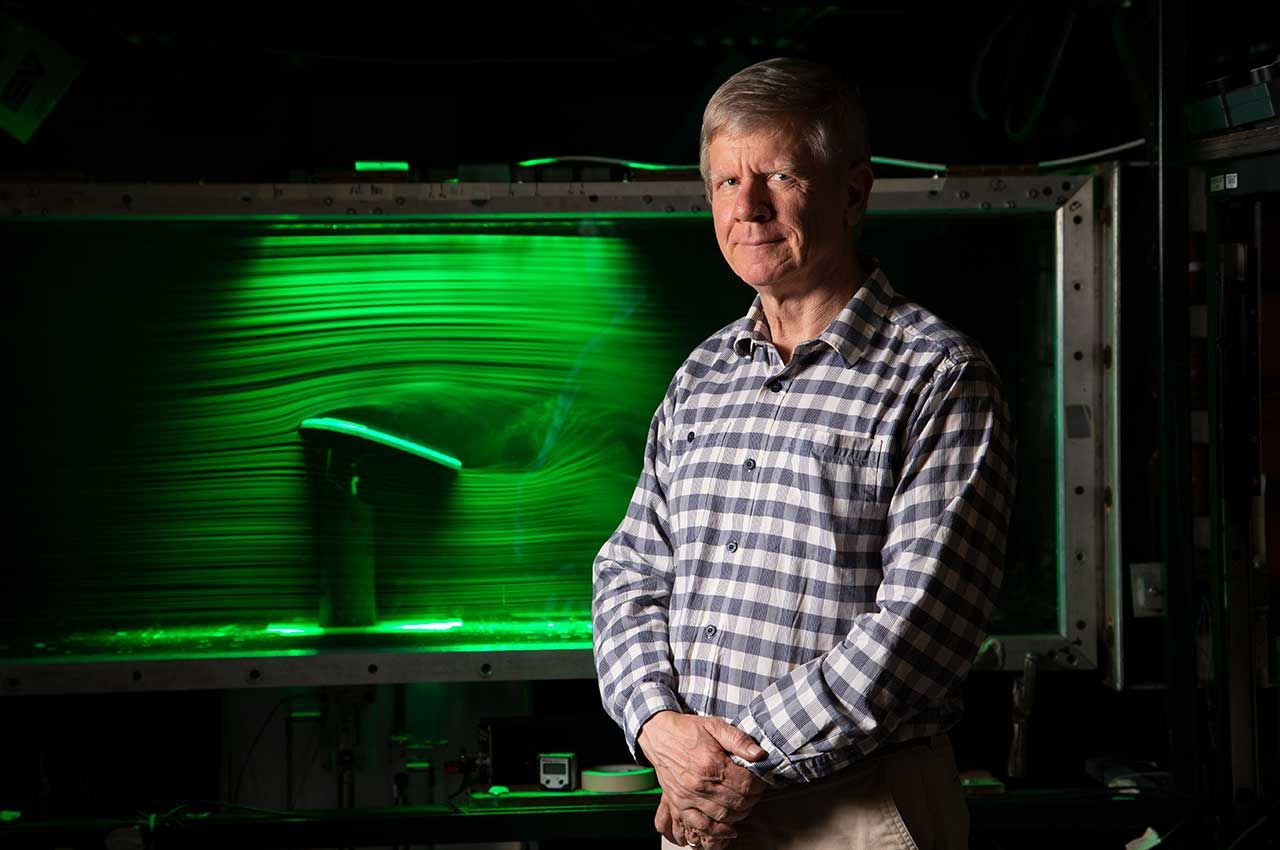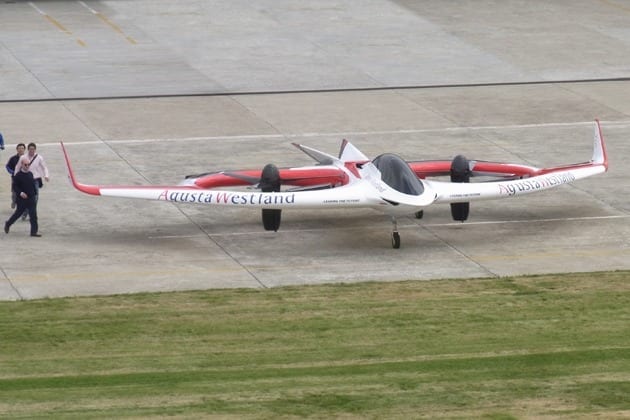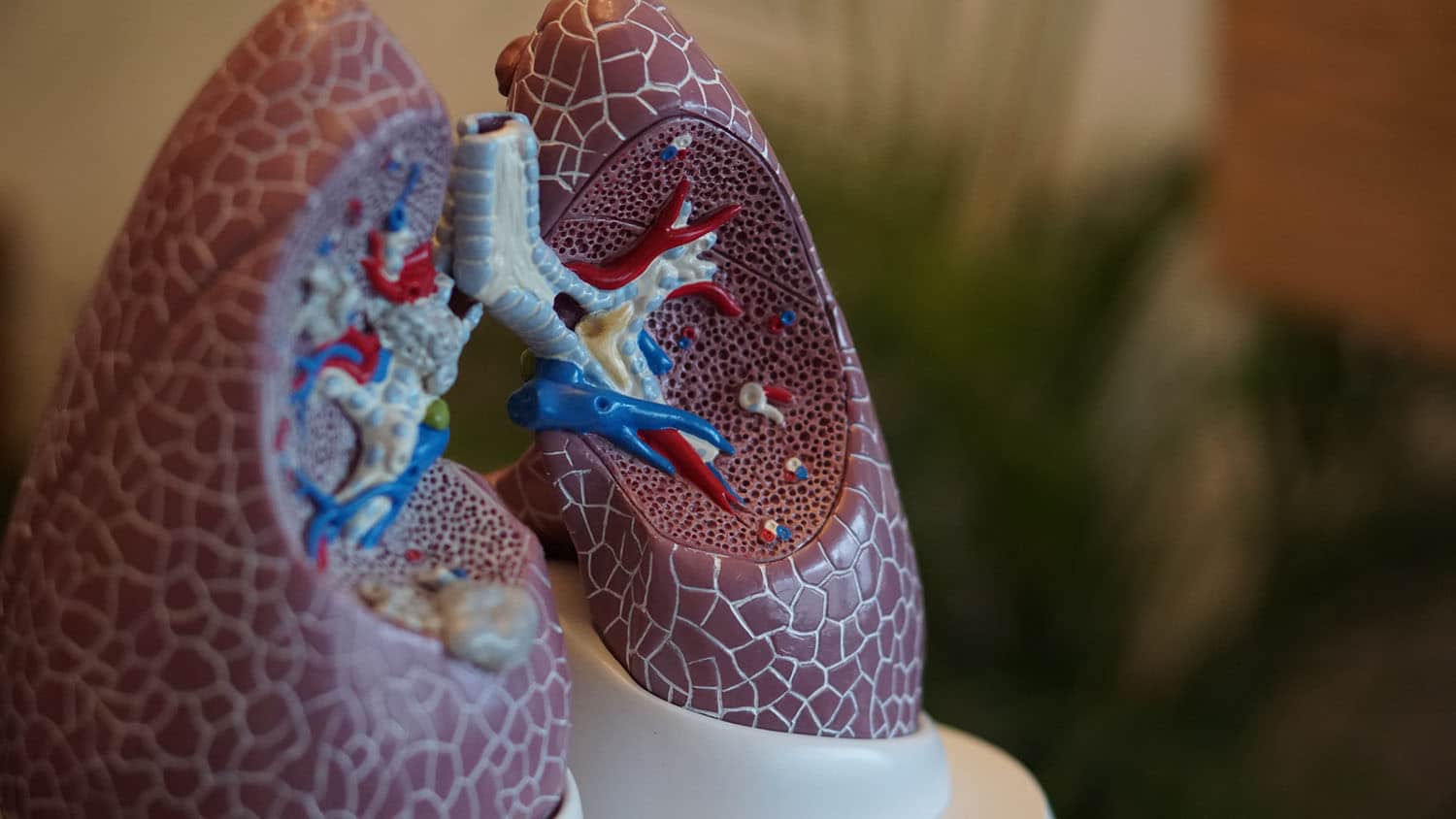
via Illinois Institute of Technology
Technology developed by Mechanical and Aerospace Engineering Professor David Williams could lead to aircraft that avoid radar detection, more fuel-efficient planes
A research team at Illinois Institute of Technology (Illinois Tech), led by Professor David Williams, has for the first time demonstrated the use of a novel control method in an aircraft with no tail. The technology allows an aircraft to be as smooth and sleek as possible, making it safer to fly in dangerous areas where radar scans the sky for sharp edges.
While conventional aircraft rely on protruding fins to enable steering, a tailless design is controlled by active air flow—in which jets of air are blown onto different surfaces of the aircraft body, corresponding to which direction the aircraft is moving. This technology could be employed to make commercial airplanes more fuel-efficient by removing existing steering parts that create a lot of drag.
Williams, professor of mechanical and aerospace engineering, led a team of Illinois Tech students and collaborators in the construction of a jet that houses both conventional steering controls and a novel implementation of active flow control.
In October 2022 the group launched the jet from the Pendleton Unmanned Aircraft System (UAS) Range in Oregon for two nine-minute flights that demonstrated the success of the system.
For each flight, one pilot launched the jet using conventional flight controls. Then, midflight, they switched control to a second pilot who operated the active flow control system.
In the first test, the team found that the active flow control system actually provided more power than had been predicted from wind tunnel tests.
“In engineering, it never works that way, you almost always get less than you were hoping for, but in this case, we got more,” says Williams. “The first day was very dramatic. It was very strong and very scary. If the jet gets too far over on its side, it could spin out of control. In fact, it did go over to 90 degrees, but it recovered.”
Once the pilot gained confidence in their ability to control the craft, they executed roll and pitch maneuvers to test the active flow control’s ability to steer the jet at steep angles.
An advantage of active flow control is that it has the potential to allow for maneuvers that are impossible with conventional controls, including very fast turns and the ability to fly at angles that would cause conventional controls to become ineffective.
Williams says the unexpected power of their system has increased his confidence that they will be able to do these more advanced maneuvers with this jet.
For their second flight, Williams reduced the power to the active flow control system for a safer, more stable flight, allowing them to collect more data about how the active flow control was operating.
The active flow control is implemented using a patent-pending Coanda valve designed by Williams and his students, and this was their first chance to show the design’s success on an aircraft.
Williams says the team will be conducting more flight tests, gradually building toward using the active flow control during takeoff and conducting more extreme control maneuvers.
“We’ve made the breakthrough that I was looking for,” says Williams. “Now future tests will start adding to the accomplishments and confidence in the airplane’s design.”
Williams is a member of a NATO working group that received the organization’s 2021 Excellence Award for its efforts in this area.
Original Article: Illinois Tech Professor Demonstrates Novel Control Method in Aircraft with No Tail
More from: Illinois Institute of Technology
The Latest Updates from Bing News
Go deeper with Bing News on:
Active flow control system
- RFK Jr. says doctors found a dead worm in his brain. Here's how it happens and why it's rare in the U.S.
Kennedy Jr. says he is living with a dead worm in his brain, according to court documents obtained by the New York Times. Kennedy, 70, said the remains of the parasite were discovered in 2010 after he ...
- 125 Interesting Facts About Practically Everything
These random fun facts will entertain, enlighten, and totally blow your mind. The post 125 Interesting Facts About Practically Everything appeared first on Reader's Digest.
- Missile mishaps, ammo snags – report details Danish frigate deployment
A recent government report about the frigate Iver Huitfeldt's deployment in the Red Sea has detailed a series of problems at sea.
- CurrENT Europe Pinpoints Key DER Technologies for Distribution System Operators
CurrENT's new guide overviews grid optimizing technologies that can ensure integrated solutions. CurrENT’s new guide provides a series of potential solutions to Distribution System Operators (DSO) to ...
- This Bonkers New X-Plane Uses Holes in Its Wings to Hit Mach Speeds
Aurora Flight Sciences is working on a new X-65—the latest in the government’s long-running experimental X-Plane series—that uses active flow ... AFC system is an innovative way to control ...
Go deeper with Bing News on:
Active flow control
- Control Concepts Launches Re-Engineered Pneumatic Flow Aid System
Control Concepts Inc. introduces the AirSweep MAX, a globally-patented pneumatic flow aid system that eliminates bridging, ratholing, and build-up in bulk material handling equipment in industries ...
- WINN: Winning So Far, But Active Is Challenging In Large-Caps
WINN attempts to add value through active management by focusing on companies with competitive advantages and strong leadership. Learn more about WINN ETF here.
- KNF expands smooth flow series with FP 7 and FP 25 liquid pumps
The FP 7 offers a nominal flow rate of 70 ml/min (1.1 US gph), while the FP 25 can deliver a higher nominal flow of 250 ml/min (4 US gph). Suitable for a range of applications from inkjet printing to ...
- Active managers battle squeeze as funds flow out
The battle active managers are waging is only getting more difficult. Perpetual saw $5.2bn flow out of its funds in the March quarter, with $2.2bn wiped from a single strategy. It comes after the ...
- This Bonkers New X-Plane Uses Holes in Its Wings to Hit Mach Speeds
Aurora Flight Sciences is working on a new X-65—the latest in the government’s long-running experimental X-Plane series—that uses active flow control (AFC) to accomplish all maneuvers.










